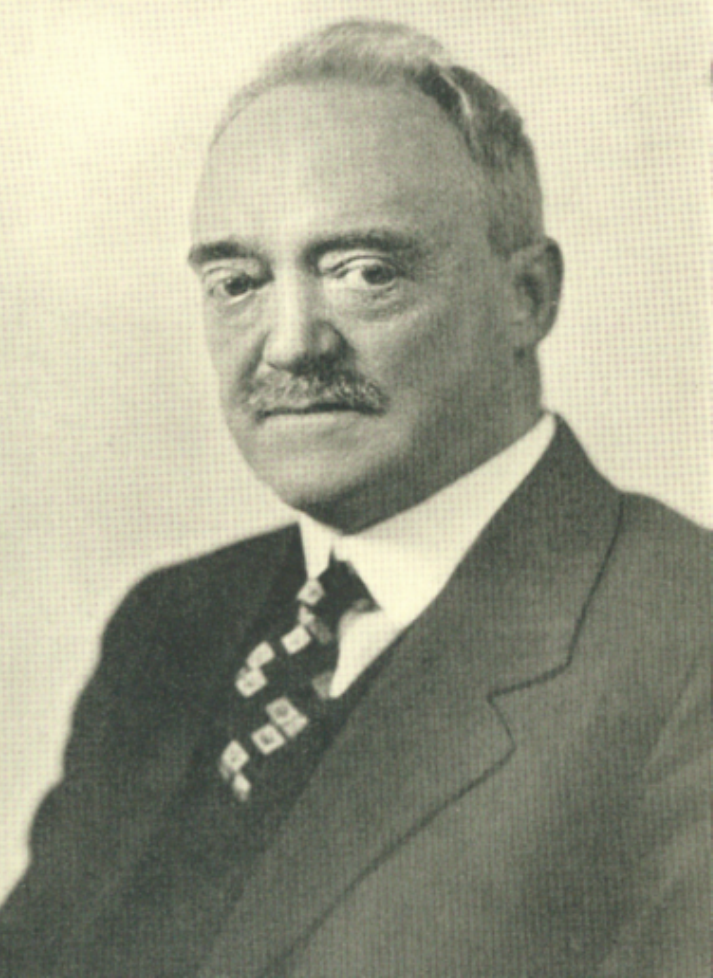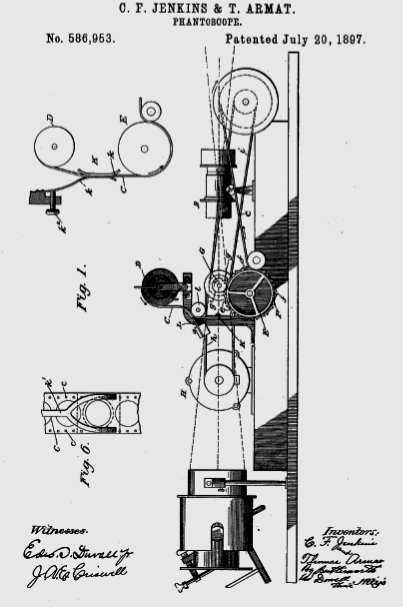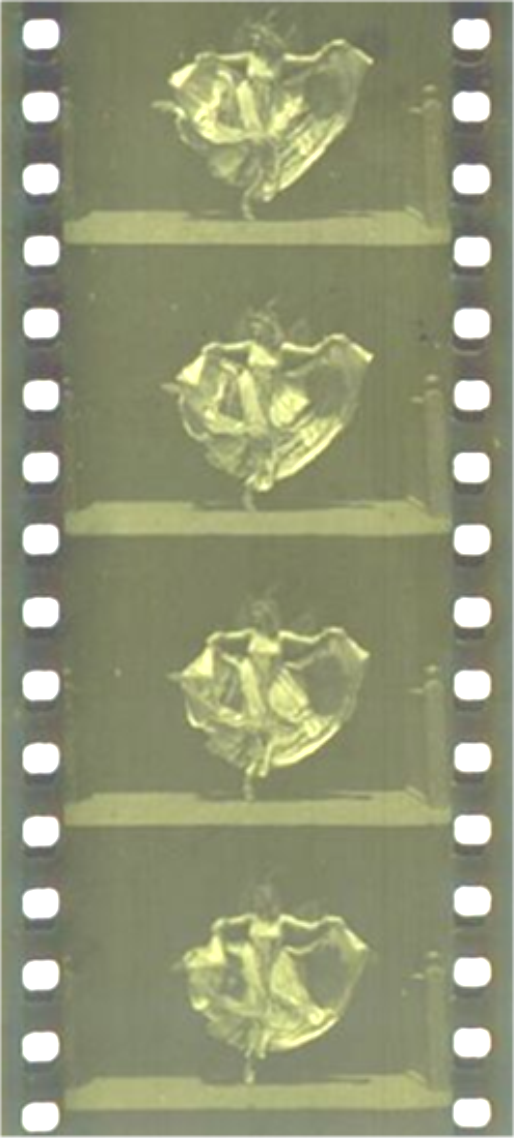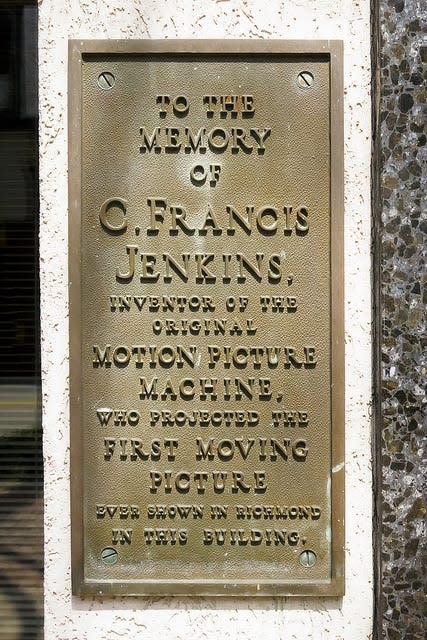Out of Our Past: First 'moving' picture projected on Richmond wall for audience 128 years ago

Do you like movies on the big screen?
Did you know Richmond was the first-reported community to have ‘moving,’ live-action images projected by light on a screen before an audience?
On June 6, 1894, Wayne County’s greatest inventor changed human history by projecting a woman “dancing” on a bed sheet on the wall of a room at 726 E. Main St.
That man’s name was Charles Francis Jenkins.
Eight years prior, 19-year-old Jenkins had left Wayne County for Washington, D.C., to take a clerk’s job. He was an inventor, and had to make a living.
The summer of 1894 he wrote his parents he was returning home and shipping something ahead he wished to show them. As a stenographer for the Treasury Department, Jenkins, in his spare time, had been tinkering with an invention he referred to as a “motion picture projecting box.”

He shipped the gadget ahead by express and rode a bicycle 700 miles from the nation’s capitol all the way back to Richmond. When he got here he unpacked his trunk and requested that his parents meet him downtown at his cousin’s jewelry store at 726 E. Main.
More Out of Our Past: Local news of May 1883 involved drunkards, liniment and a mashed thumb
The Richmond Telegram reported:
“All morning Charles made ready to show his friends the object that had been the center of his attention for two years… He needed electrical current to run it but there was no electricity in the store. The source of the purposed illumination was from a large-bowled lamp. The only current in reach was a trolley wire that passed the door on Main Street. To this Jenkins attached a lateral wire and brought it down to the proper voltage by means of a pail of water. He placed the machine on the counter and hung a bed sheet on the opposite wall. The window blinds were drawn on passersby on Main while the young man’s father and mother, together with a few friends and newsmen, stood in half-light wondering what was about to be revealed.
“There began a sputtering sound as the machine kicked into life, and out of the lens shot light onto the wall, and a girl clad in garments more picturesque than protective stepped lively. She did not seem bashful thus displayed, while those in the audience were taken aback. She was Annabelle, a vaudeville favorite of the day, who had been engaged by young Jenkins for a special performance in the backyard of his Washington boarding house. With the audience consisting of him and his camera, Jenkins had captured her for posterity while she executed the intricacies of a butterfly dance. The lady’s remunerations for interpreting the insect’s terpsichorean (dance) movements had been five dollars, which seemed to cover adequately all the artistry displayed, although her costume was of a far briefer coverage… As the sputtering grew louder and the grinding more fervid, the girl began to reproduce on the wall the movements she had executed in the boarding house backyard which were… of a twirling dervish variety...

“As the last arc ceased to sputter and the window-shades rolled up, the people began to ask one another what they had seen. It was certainly not clear. Although there had been the gestiliculating girl… from where had she come? How did she move? The viewers went behind the screen to impress the wall and ascertain there was no trickery, for there were no words to express it.”
The Feb, 24, 1913, the Richmond Palladium years later concluded, “Not only was this the first showing of motion — or moving — pictures in the acceptance of the term, but it was also the first exhibition of colored pictures. Laboriously the film had been stained; each frame having been done with minute and painstaking care.”
The film was colorized.
The invention that would later change history, revolutionize entertainment and captivate millions didn’t attract much attention at first, but the June 6, 1894, the Richmond Telegram reported it, which made the Richmond assemblage the “first-reported audience” in the world ever to see motion pictures projected on a screen.
Jenkins may have shown his Phantascope to friends in Washington, but no documentation records a specific date prior to his Richmond showing.
A bronze plaque at 726 E. Main St. commemorates the site.

Charles Francis Jenkins continued inventing, and died on June 6, 1934, exactly 40 years to the day after he introduced live-action motion pictures locally. His one regret: after the machine had sputtered to life and a female appeared on the wall performing the notorious "butterfly dance," his Quaker mother allegedly stomped out because the woman’s bare ankles were exposed.
Richmond is not just the cradle of recorded jazz, it is also the first-reported community to have "motion" pictures shown before an assembled audience. One hundred and twenty-eight years ago this week.
Contact columnist Steve Martin at stephenmonroemartin@gmail.com.
This article originally appeared on Richmond Palladium-Item: Out of Our Past: 'Moving' picture projected on a wall 128 years ago

